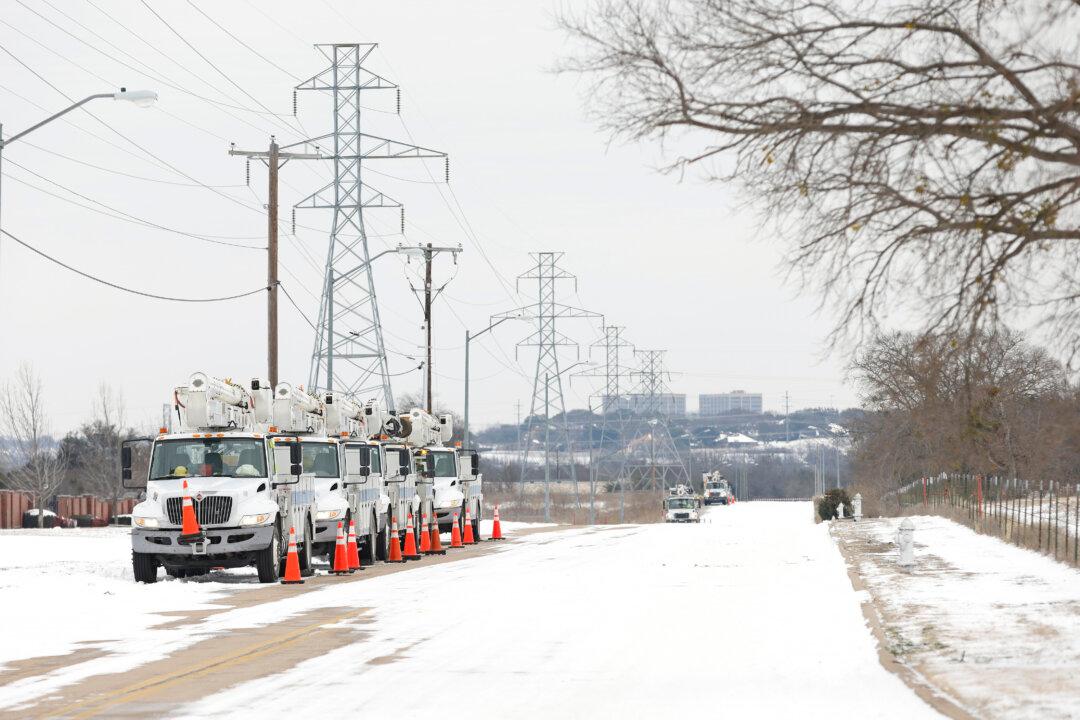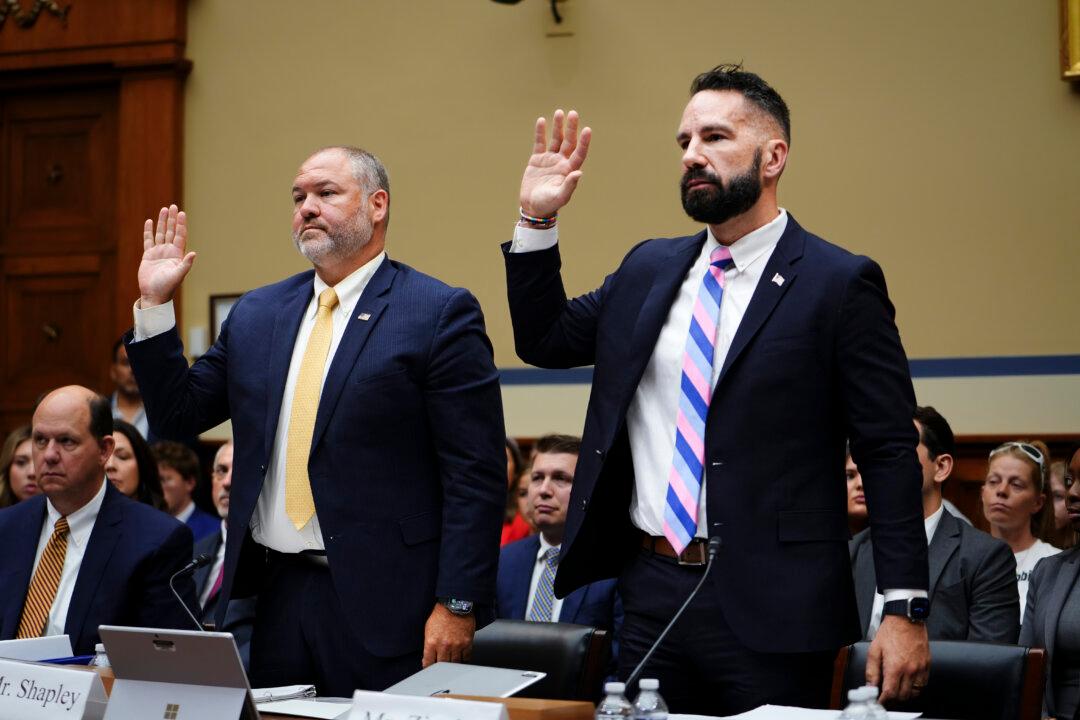When Old Man Winter hit Texas with a rare week of snow, ice, and subfreezing temperatures, the state’s energy industry reeled as power sources of all kinds froze, leaving millions of Texans shivering.
Such a crisis isn’t supposed to happen in Texas, the oil and gas capital of the United States, where so much fossil fuel is produced it’s exported, and where investors have pumped billions of dollars into clean power generation to take advantage of the state’s usually sunny skies and vast windy open spaces.





